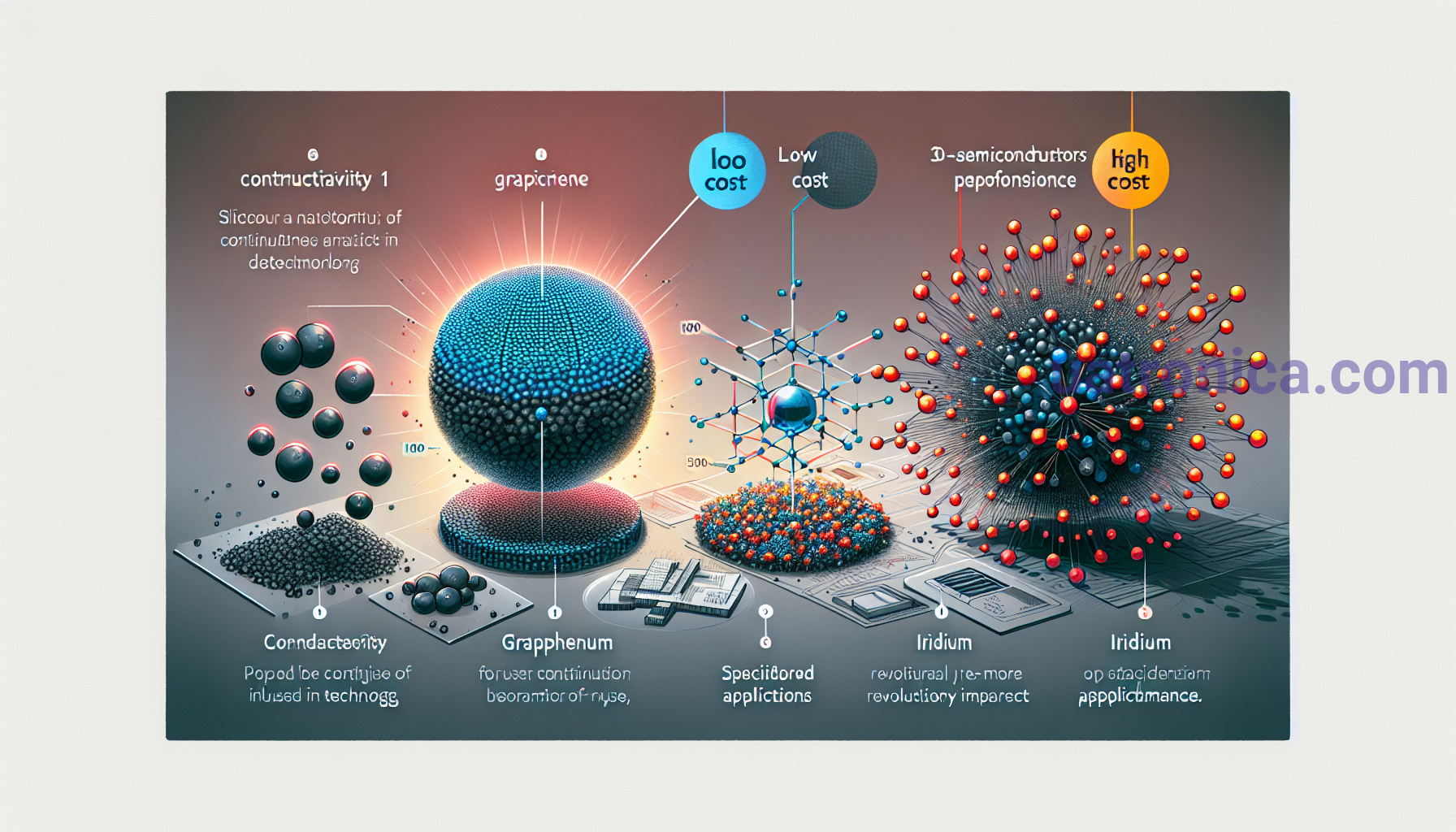7 Unexpected Technological Revolutions in Semiconductors: How It Will Change Your Future
Semiconductors are at the heart of modern electronics, from computers and smartphones to the automotive industry and home appliances. In recent years, we have seen a number of revolutionary changes in this field that are changing our daily lives. In this article, we take a detailed look at the seven most important technological revolutions in semiconductors and how they will affect our future.1. Quantum Computers: A Revolution in Computing
Quantum computers, using the principles of quantum mechanics, promise to make a breakthrough in the speed and power of calculations. Instead of using bits that can be in either state 0 or state 1, quantum computers use qubits that can be in multiple states at once. This opens up new opportunities for solving complex problems, such as:
– Modeling molecules for pharmaceuticals – Optimization of logistics – Deciphering complex cryptographic codes# How will this change our lives?
Quantum computers can significantly accelerate science and technology, particularly in areas such as artificial intelligence. Research in this field show that the first commercially available quantum computers could appear within the next decade.2. New Materials: Graphene and Superconductors
Other materials, such as graphene, exhibit incredible electrical properties that could replace traditional silicon semiconductors. Not only is graphene thinner than an atom, but it can also conduct electricity with maximum efficiency. Here are some potential benefits:
– High conductivity – Much smaller parts sizes – Increased data transfer rate
# Comparison of materials
| Material | Conductivity (Simons) | Cost | Technological potential |—————|———————|—————|————————-| | Flint | 1 | Low | Continuation of use | | Graphene | 1000+ | High | A potential revolution | Iridium | 500 | High | Specialized applications |3. 3D Semiconductors: More Performance in Less Space
Technologies of 3D assembly of semiconductors make it possible to create more compact and powerful microcircuits. Increasing the number of layers allows engineers to place a huge number of transistors in a small area.# Benefits of 3D semiconductors:
1. Reduction of the volume of products 2. Increased speed of data processing 3. Reduction of energy consumption4. Expanding the Range of Applications with AI: Connected Intelligent Devices
The implementation of artificial intelligence in semiconductor technologies will ensure the unstoppable growth of "smart" devices. This applies not only to consumer electronics, but also to industrial, medical and automotive technologies. For example:
– Autonomous cars using sensors and cameras – Intelligent home automation systems – Health monitoring systems5. Ecological Semiconductors: Combating Climate Change
The transition to environmentally friendly technologies in semiconductors can significantly reduce CO2 emissions. This may include:

# Examples of successful initiatives:
- Companies like Tesla are already using the latest technologies to create sustainable products. – Research shows that new technologies can reduce power consumption up to 50%.6. Constant Communication through 5G and Beyond
With the introduction of 5G networks, new opportunities appear not only for faster Internet, but also for the development of IoT (Internet of Things). This opens up new horizons for platforms that will use semiconductors:
– Advanced communication systems – Augmented reality and virtual reality – Smart cities7. Global Competition: Time for Research and Innovation
Competition between countries such as the US, China and Israel in the semiconductor sector is leading to increased investment in research. This trend means that new technologies will be introduced faster than ever. Countries track their scientific achievements to ensure leadership in technology.# Benefits for the economy:
- Creation of new jobs - Investments in scientific research - Increasing export of technological productsConclusion
Revolutions in the world of semiconductors promise to change our lives in many ways, from improving computing power to creating new technologies. The technologies described in this article not only shape our daily lives, but also have the potential to define the direction of our economy and global technological innovation. Seeing these changes, we can only imagine what our technologies will be like in the near future.










